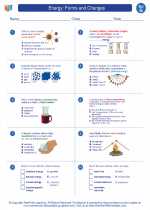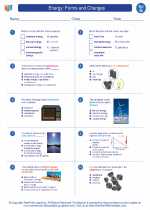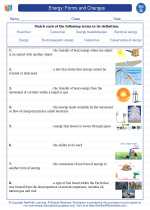Endothermic Reactions
An endothermic reaction is a chemical reaction that absorbs heat from its surroundings. This means that the energy of the surroundings is decreased as a result of the reaction. Endothermic reactions often feel cold to the touch because they are drawing heat energy from their surroundings. These reactions require an input of energy to occur. The energy required is usually in the form of heat, but it can also come from other sources such as light or electricity.
Examples of Endothermic Reactions
Some common examples of endothermic reactions include:
- Photosynthesis: the process by which plants convert carbon dioxide and water into glucose and oxygen using energy from sunlight.
- Thermal decomposition: the breakdown of a compound into simpler substances by heating it. An example is the decomposition of calcium carbonate into calcium oxide and carbon dioxide when heated.
- Endothermic dissolution: the dissolving of a substance in water, such as ammonium nitrate dissolving in water, which absorbs heat from the surroundings.
Endothermic vs. Exothermic
It's important to understand the difference between endothermic and exothermic reactions. In contrast to endothermic reactions, exothermic reactions release heat to the surroundings. The energy of the surroundings increases as a result of an exothermic reaction, and these reactions often feel warm or hot to the touch. Combustion, such as the burning of wood or the reaction between fuel and oxygen in a car engine, is a common example of an exothermic reaction.
Study Guide for Endothermic Reactions
When studying endothermic reactions, it's important to focus on the following key points:
- Definition of endothermic reaction and its characteristics.
- Understanding the difference between endothermic and exothermic reactions.
- Examples of endothermic reactions and their significance in daily life and industrial processes.
- The role of activation energy and the energy profile of endothermic reactions.
By understanding these key points, you'll have a solid foundation in the concept of endothermic reactions and their importance in the world of chemistry.
.◂Science Worksheets and Study Guides Seventh Grade. Energy: Forms and Changes

 Worksheet/Answer key
Worksheet/Answer key
 Worksheet/Answer key
Worksheet/Answer key
 Vocabulary/Answer key
Vocabulary/Answer key
 Vocabulary/Answer key
Vocabulary/Answer key
 Vocabulary/Answer key
Vocabulary/Answer key
